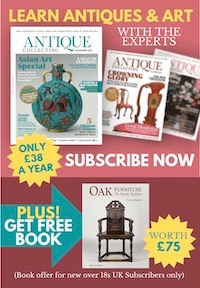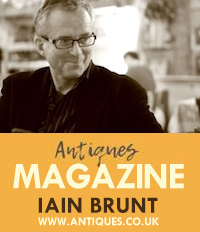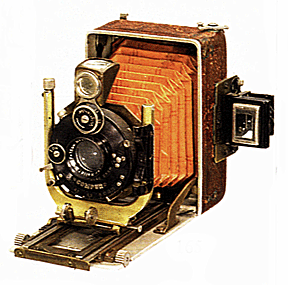THE QUAGMIRE OF VALUE
Posted by Bob Brooke on 09/04/2019
The appearance of the Antiques Roadshow got many people thinking of value. And because of it, it seems everyone wants to know what their old things are worth, especially those inherited from family members.
What type of value do they mean? There are several—retail value, insurance replacement value, fair-market value, auction value, and cash value. In the end, each of these values will be a different amount for the same object. Other factors determining value are age and condition. So where do you begin?
Let’s start with retail value. This is the price for which an antiques dealer expects to sell an item after marking it up from the price the dealer paid for it in order to make a profit. This amount can be anywhere from 20 to100 percent of the dealer’s purchase price.
The amount of money it would take to replace an item from an antiques shop or online if it were lost, stolen, or damaged is called the insurance replacement value.
The price that an item would sell for on the open market between a willing buyer and a willing seller is known as the fair-market value. This is also the value that’s used when an item is donated to a charity or is part of someone’s estate.
And when someone puts an item up for auction, the price that an appraiser feels the item should bring at auction, based on comparison of like items and recent other auction sales, is known as the auction value, but has nothing do with the actual value of the item. The auction house gives each object up for auction an estimated value. This is the amount the house thinks the object will bring at auction. Today, many high-end items are bringing over twice their estimate.
However, being told something is worth a specific value is meaningless if the appraiser doing the appraisal has no knowledge of the item itself or the market for it. And online auction site prices, such as those eBay are not an indicator of true "worth," since many of these sales prices are inflated many times over in the heat of bidding up an item. And a verbal appraisal is worth absolutely nothing without a written one to back it up, especially in the case of settling an estate. But to get a written appraisal, you need to pay a certified appraiser. There’s no way around it.
To learn more about how to correctly estimate the value your antiques and collectibles, read my article, “What’s It Worth?” in my online antiques magazine, The Antiques Almanac (http://theantiquesalmanac.com/whatitsworth.htm).






